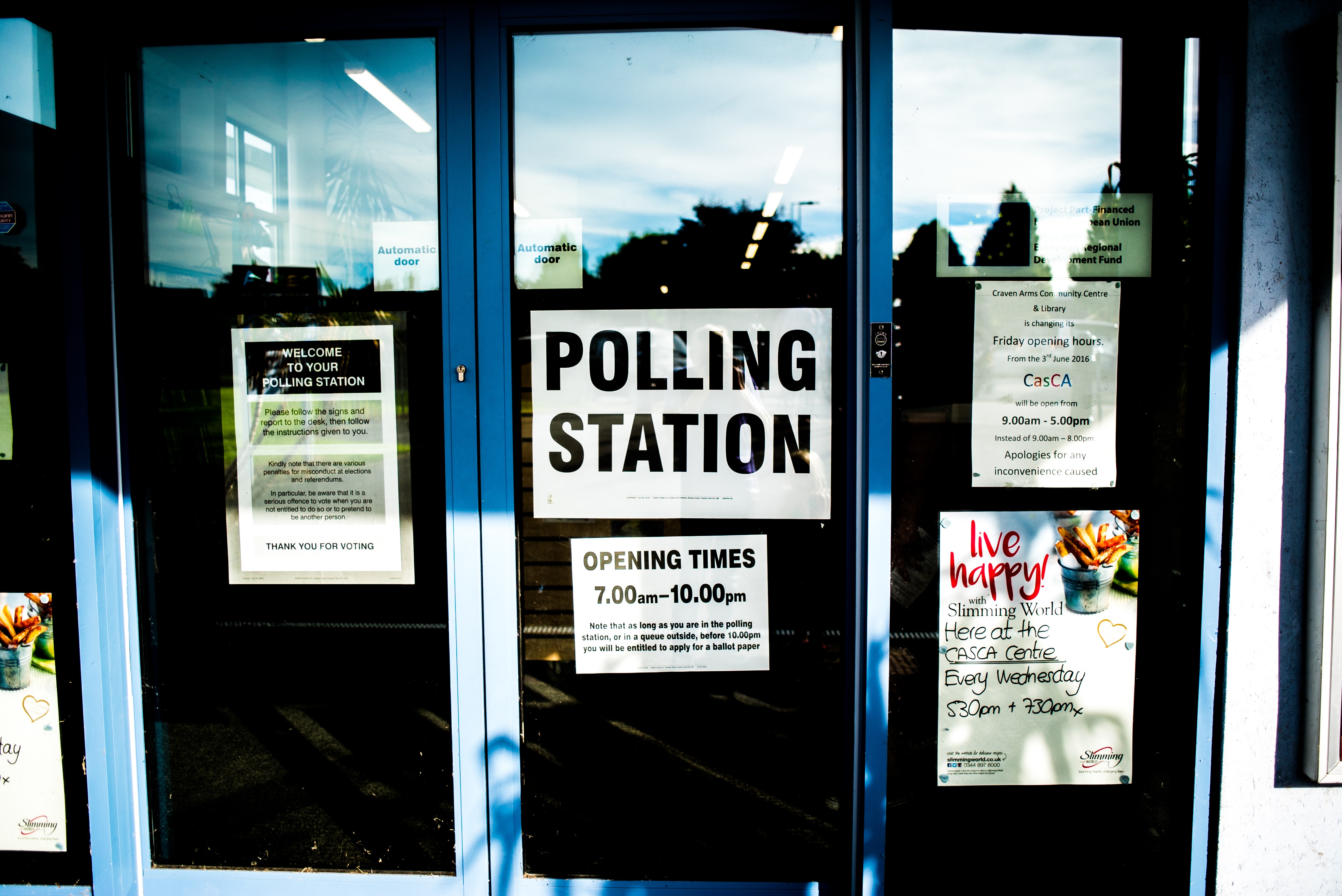Loyal MP3 Users are not Hung Up On Phones that do Everything
Mobile device manufactures are incorporating more and more features on multi-functional handsets-from cameras to music players-but the convergence has not curbed sales of simpler phones and digital cameras, according industry reports.
Cell phones such as LG’s iPod-esque “Chocolate,” which hit stores last summer on the Verizon network, and Apple’s iPhone, the brand’s forthcoming foray into the mobile device market, are paving the way in the merging of music and communication devices.
But according to the Consumer Electronics Association’s semi-annual industry forecast, shipments of MP3 players will continue to rise in 2007, seeing nearly a 21 percent increase from 34 million to 41 million units. Susan Kevorkian, an industry analyst at market intelligence firm IDC, says rather than replace portable media players, media-enabled mobile devices offer consumer flexibility.
“In general, we see plenty of room for coexistence of portable media players that are optimized to play audio, play video and display photos, and multimedia handsets,” said Kevorkian. “Some may favor multimedia-enabled handsets over a portable media player, but still have their iPod Shuffle that they take with them to the gym because they don’t want to use their handset as their primary music player in the gym setting.”
Dwight Sakuma, vice president of RCA Audio/Video, agrees that there will be a market for both.
“The focus of a simple MP3 player is straightforward functionality and making it easy for the consumer to use,” said Sakuma, whose company is releasing its new “Gem Line” series of MP3 players this spring. “The cell phone is excellent territory for ‘feature creep’.”
But others, such as Muzib Khan, vice president for product management at Samsung Telecommunications America, see multimedia handsets as a means of ridding the purse or pockets of excess gadgets.
“It’s just like if you want to go hunting,” said Khan, “are you’re going to take your nice small sedan or some kind of off-road vehicle? But at the same time, when you’re driving in the city, you probably need the sedan. What if there was a scenario where you could change the functionality of the car to off-road as well as city roads?”
But that flexibility doesn’t come without its disadvantages. User ease suffers with standard keypads and excessive use of the do-it-all mobile device’s additional functions consumes battery power.
“The battery life is always a challenge,” said Khan. “It depends on your usage habits. If you’re making a lot of phone calls and listening to the music all the time, you’re going to consume a lot more battery… for others it may be a non-issue.”
Kevorkian said handset manufacturers need to improve their products’ multimedia weaknesses to become a true rival to the MP3 player.
“If these issues can be addressed effectively then it becomes more likely that multimedia-enabled handsets will start to cannibalize the portable media market than they have already,” Kevorkian said. “But those are big hurdles that you’re talking about and they’re not going to be solved overnight.”
Camera-enabled handsets, which have become the norm for cell phones, still have yet to conquer the technology hindrances that have prevented them from powering past digital cameras. But the camera phone’s emergence in the early 2000s has actually provided the digital camera industry a sales boost, according to an Aug. 2005 IDC report. Christopher Chute, manager of imaging process at IDC, said the findings continue to hold true, as there’s now a 30 percent chance that a camera phone user will upgrade to a digital camera.
“It’s like a gateway to digital photography,” said Chute. “You get introduced to it through the functionality of the camera phone, which isn’t terrific, and then you go out and buy a digital camera.”
Handsets with the ability to snap photos have yet to reach the quality of most modern digital cameras. Although the photo quality of mobile devices continues to improve, today most taper off at 1.3 megapixel resolution. Digital cameras on the market range from five to eight megapixel resolution, producing much better pictures.
“I think it’s a matter of time before the functionality is somewhat similar to what you get in a camera,” said Chute. “But there’s always going to be some kind of special features you’re going to get in a stand-alone device, whether it’s an MP3 player or a digital camera, that you’re just not going to get in a cell phone.”
MP3 player manufacturers are already building on additional features, such as digital photo, video and wireless support. But handsets are improving functionality, as well. Khan says that Samsung is working toward improving listening pleasure of multimedia-enabled handsets by sharpening user friendliness, allowing for internal music playlists, and making the handsets compatible with more accessories, such as Bluetooth headphones.
But for now, it seems that those in the MP3 player and mobile device markets are in agreement that there is room for the standalones and the multi-functionals.
“Not everyone will want a single device that does everything,” said RCA’s Sakuma.




